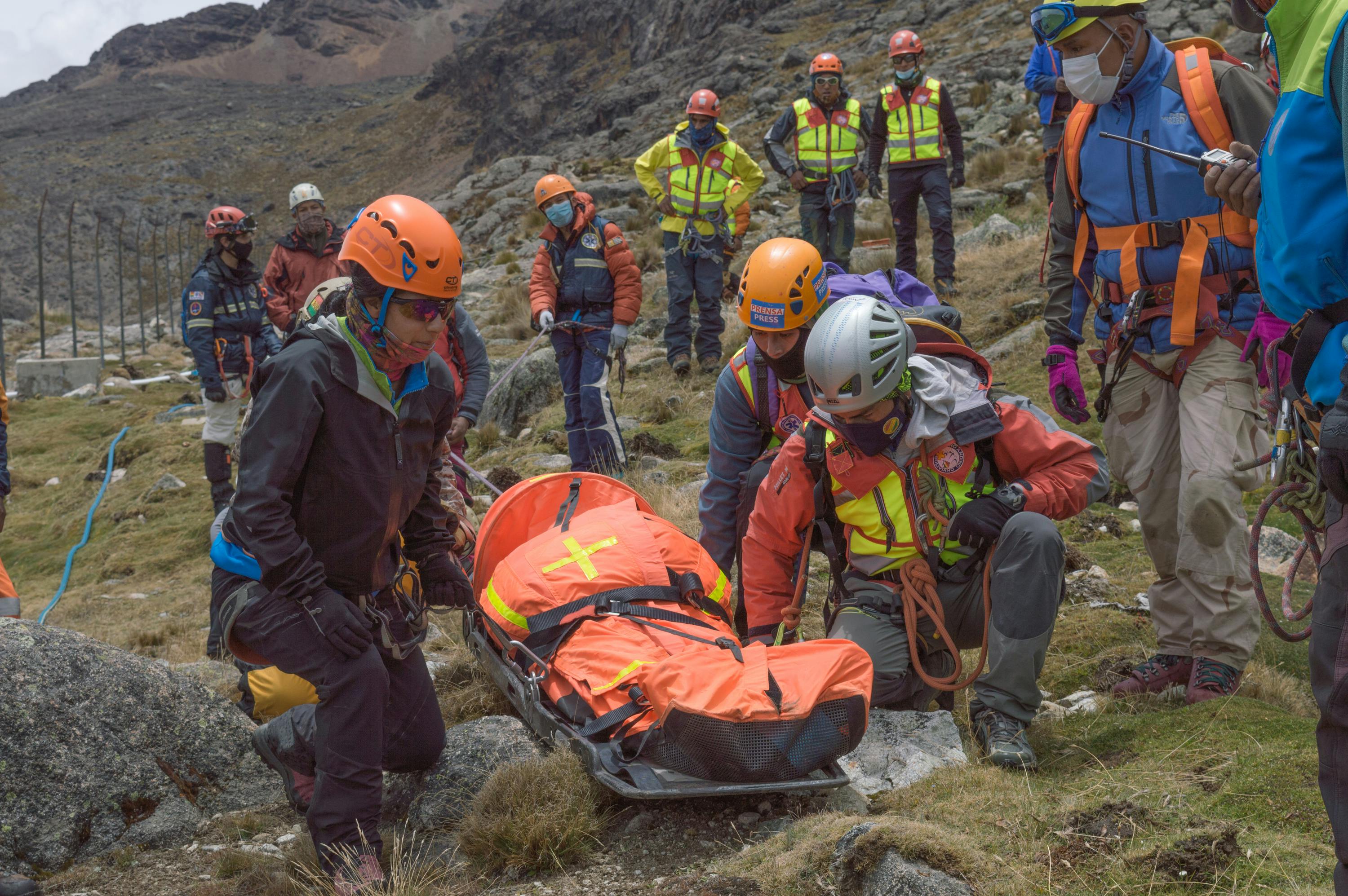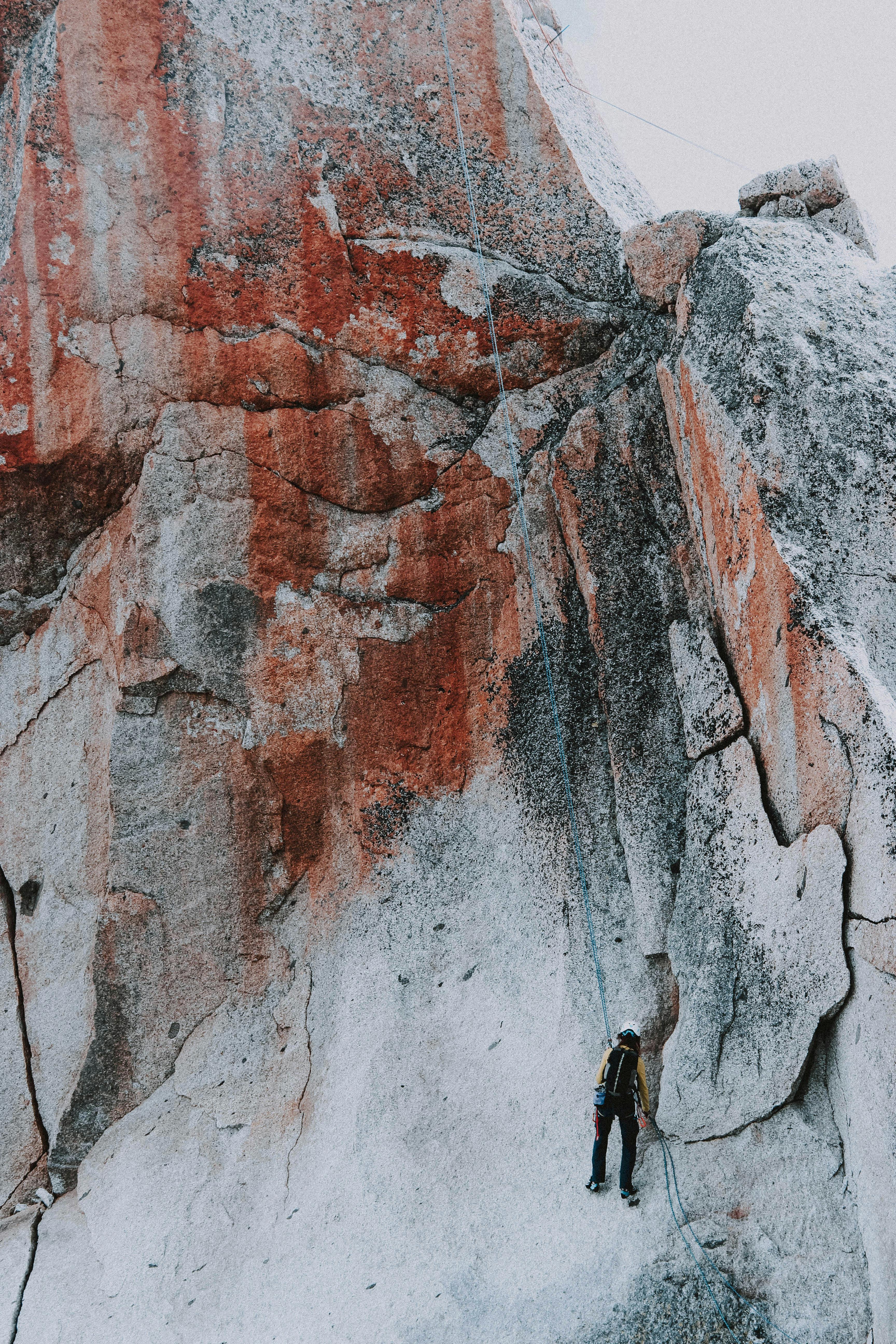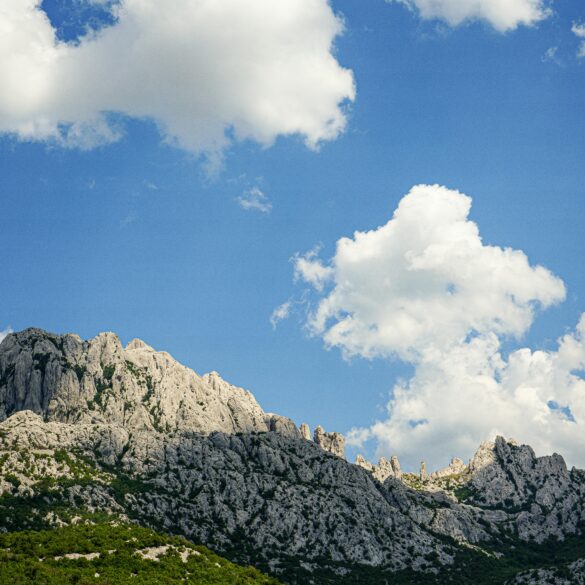Mount Everest Safety Guide: Essential Risks, Rules & Survival Tips (2025)
If you’re reading this, you’re already one of those rare humans contemplating, planning, or at least daydreaming about standing on top of the world—literally. But honest truth? Everest isn’t just another bucket-list hike. Even after all these years in adventure travel content, nothing’s quite as humbling as writing (and re-writing) a candid safety guide for this mountain. Why? Because the stakes are so unforgiving, the risks so immediate, and, frankly, the number of overconfident (sometimes underprepared) climbers keeps rising year after year. This post pulls together the survival insights I wish I’d known during my first Himalayan trek and what I’ve learned since from guides, Sherpa friends, industry insiders, and yes—quite a few tough mistakes along the way.
Planning your Everest expedition (or simply researching for the thrill of learning) demands a brutally honest accounting of safety—something mainstream documentaries and glossy travel sites rarely provide. You’ll get not just the what, but the why and the oh-wow-here’s-what-they-don’t-tell-you. While I’ll reference breakthrough data, expert quotes, and official regulations, a lot of what actually keeps you safe is rooted in real, sometimes awkward, human behavior and decision-making. It’s why commercial expedition operators, high-altitude doctors, and the best Sherpa leaders all agree: “Everest doesn’t reward heroics—it rewards humility, preparation, and the ability to turn back.” That’s not just marketing fluff. It’s a survival mantra.
Why Everest Remains Deadly in 2025
Let’s just state the obvious: despite being a commercial climbing “brand,” Everest has not become less dangerous. Global improvements in gear and logistics don’t erase the essentials—altitude, weather, and human factors are as unforgiving as ever1. I’ve lost track of how many confident (sometimes shockingly wealthy) climbers have perished or nearly perished because they believed paying $80,000 for a guided “safety net” was enough. Back in the day, the South Col route itself was “only” for hardcore alpinists. Now? Even fairly ordinary trekkers set their sights on the summit. That’s not an insult—it’s simply the brutal democratization of high-altitude risk.
Nepal issues approximately 400+ Everest climbing permits annually, but due to guides and support staff, the total number of people above Base Camp often exceeds 1,000 in peak spring season2. The result? Crowds (even at the “Death Zone”), rescue bottlenecks, and unprecedented waste management challenges.
Latest Statistics & Reality Check: Everest 2024–2025
Everest’s death rate fluctuates—ranging from a low of 1.1% (for well-managed teams) up to 4% depending on the season, route, and human factors3. The 2023 season (yes, I dug into the data) saw a spike in fatalities, many linked directly to delays, insufficient acclimatization, and, shockingly, to poor client screening by some less-reputable operators4. The 2024 pre-monsoon window saw tighter Nepalese regulations on climber fitness documentation and guide-to-client ratios, but overcrowding is still the biggest killer nobody wants to talk about.
People always ask: “Aren’t things safer now, with better tech?” My honest answer: Tech helps (satphones, pulse oximeters, tracking beacons), but no gadget fixes altitude or the human tendency to push past red flags. In fact, ‘summit fever’ remains Everest’s deadliest psychological trap5.
- Death Zone: Altitude above 8,000m where oxygen levels can’t sustain human life long-term.
- Acclimatization: Systematic exposure to increasing altitude to reduce risk of Acute Mountain Sickness (AMS).
- Summit Window: Typically mid-May (Nepal side), when weather creates the safest passage.
- South Col Route: The classic and most popular, but also most crowded and exposure-prone.
Take a second to consider this: Even elite Sherpas—born at 3,000m+, genetically adapted to altitude—still die on Everest. That always stops me cold (no pun intended) when updating safety guides. Everest takes lives because it can. Simple as that. Preparation is your best, sometimes only, bargaining chip.
Choosing Your Route: North vs. South Side Safety
When people imagine Everest, they often picture the Khumbu Icefall—Nepal’s South Side, a mess of tottering seracs and ladders that’s claimed dozens of lives6. But the North Side, accessed from Tibet, brings its own flavor of peril: higher winds, colder temps, and a rescue infrastructure that’s, well, generously described as “developing.” I’ve trekked both approaches; personally, the South’s sense of camaraderie and medical support makes it my choice, but I’ve also seen pushy crowds and bottlenecks make a bad day worse.
| Route | Key Risks | Support | Logistics |
|---|---|---|---|
| South Col (Nepal) | Icefall collapse, crowding, avalanche, crevasse rescue | Excellent (doctors, comms, rescue helis) | Streamlined, but bureaucratic permit process |
| North Ridge (Tibet) | Exposure to wind, harsher conditions, longer summit day, remoteness | Limited (no helicopter rescue above ABC) | Politically complex, permits harder to secure in 2024–25 |
Remember—no route is “safe.” If push came to shove, my advice would always be: go with the team, guide, and logistics setup you trust most, regardless of route. The right support network can make the difference between a straightforward summit push and a situation you’ll regret for the rest of your life (if you’re lucky enough to have a rest of your life, that is).
Life-Saving Skillsets Every Climber Needs
Here’s where a lot of commercial expeditions get it wrong: Skillset inflation. Just because you can run a marathon at sea level doesn’t mean you’re ready to haul yourself up the Lhotse Face in a blizzard. Over the years, I’ve seen people try to “fake it until they make it” on ladders with zero real ice climbing experience. The mountain is very efficient at exposing such gaps.
- Self-arrest (with an ice axe) and crevasse rescue basics
- Rope management and clipping in safely under stress
- Fixed line ascension and abseil (in gloves, at night, in high winds)
- High-altitude medical self-diagnosis (know your HACE from your HAPE)
- Efficient packing, gear troubleshooting, and fuel management at -20°C and sleep-deprived
Honestly, while I used to obsess over knot-tying and gear brands, I’m now convinced mental flexibility and group dynamics training are even more critical. I’ve had expeditions fall apart over a single unchecked ego. As you’re prepping, dedicate equal time to high-altitude group simulations—manage stress, decision fatigue, and conflict.
In 2023, Nepal made it mandatory for foreign climbers to prove prior 6,500m+ expedition experience before being granted an Everest permit7. Interestingly, this rule is patchily enforced for wealthier clients.
Gear & Technology: What’s Really Essential?
The Everest “gear list wars” never end, but here’s what most survivors (and I don’t use that word lightly) actually rely on:
- Layered technical clothing: Don’t skimp. Redundancy beats lightness; hypothermia waits for no one.
- Oxygen system (with backup regulator): Every piece triple-checked for leaks at home AND at Base Camp.
- Satellite comms & GPS tracker: SpotX, Garmin InReach, or rent locally; phones die fast, especially when wet/frozen.
- Pulse oximeter, personal first-aid kit, prescription meds: Know your numbers. AMS rarely gives polite early warnings.
- High-altitude tent, tested at home: Never rely solely on team-issue gear after last-minute substitutions burned a friend (literally) last season.
Tech is great—until it fails. Always train for the worst-case (dead batteries, cracked screens, dropped oxygen bottles) before you leave Kathmandu. What seems redundant at home will absolutely save you on Everest—a lesson I relearned after a night trapped in high winds with an “unbreakable” tent pole that, in fact, broke.
Permits, Regulations & Choosing a Team
Selection here is everything. After the 2019 and 2023 crowding catastrophes, the Nepal government updated its operator vetting—on paper. But in reality? The market is still packed with underqualified “budget” operators willing to cut corners to underbid the big names8. The wrong guide service won’t just inconvenience you; it can get you killed. That’s not hyperbole. I’ve seen it, and so have rescue professionals and seasoned Sherpa guides alike.
- Verify permit inclusivity (what’s covered, rescue insurance, helicopter fees).
- Ask for leader CVs, prior summit records, and rescue/first aid credentials.
- Request detailed acclimatization and contingency (bad weather) plans in writing.
- Clarify group size and client-to-guide ratio; smaller is almost always safer.
One more thing—be ready for bureaucracy. Everest permitting is expensive and, occasionally, hilariously inconsistent in its paperwork. Always assume a two-week buffer for everything from passport paperwork to last-minute regulation tweaks—even with “full service” outfitters.

Mental & Physical Preparation Steps
Let’s get brutally honest: physical fitness is only half the story. In fact, when I asked seasoned guides where clients tend to falter most, their answer was almost always “mental unpreparedness.” I cannot count how many seasoned athletes I’ve seen fall apart in high camps—crippled by fear, insomnia, or that odd emotional weight that hits when your brain is starved for oxygen. For a while, I thought I could just “grind through” altitude—big mistake. Eventually, I learned (painfully slowly) that being emotionally honest with yourself is the ultimate safety system.
- Can you accept turning back meters from the summit if conditions shift?
- Can you manage panic, doubt, and frustration in public, high-stress settings?
- Are you truly prepared for the sight of bodies on the route? (A reality every year.)
- Have you trained for prolonged periods of sensory deprivation and monotony?
This mental “audit” is more vital than yet another gym milestone. Everest’s summit will always be there. Your life? Only if you survive this one.
Physical Conditioning: Beyond the Gym
Let me clarify: marathon PR times and CrossFit classes are great—but they’re not the same thing as 20 days of incremental movement above 5,000 meters. If you’re reading this guide for actual trip planning, here’s how the best guides phrase it: “Train for the climb, not just the Instagram photos.” Key routines:
- Progressive altitude training (simulated or staged expeditions)
- Weighted stair repeats (with full pack, boots, and simulated oxygen intake limits)
- High-cadence, long-duration movement over mixed terrain (think 6-8 hour hiking days, back-to-back)
- Yoga and breathwork for stress regulation and sleep discipline
On the Mountain: Real-Time Safety Decisions
Every season, stories trickle down of “perfectly fit” clients collapsing in the Death Zone, not for lack of preparation—but from a single bad call (pressing ahead in marginal weather, skipping a planned rest day, ignoring a subtle sign of AMS). In practice, Everest safety is an ongoing negotiation. You’ll second-guess yourself, and, honestly, if you don’t, you’re probably missing warning signs.
- Weather Watching: Know how to interpret satellite data, but trust the lived intuition of your guides/Sherpa team—they save lives, even when apps disagree.
- Pacing: Resist the urge to “chase the crowd.” Rest times and oxygen management are unique to your body, not the group norm.
- Turnaround Timetable: Decades of accident data show: If you don’t hit the summit by 11 a.m., abort. No exceptions9.
- Honest Communication: Overcome summit fever—your tentmate’s fatigue is as urgent as your own. Prevent disaster through real dialogue.
Environmental & Cultural Safety
Mount Everest’s “safety” situation isn’t just about climbers—it’s also about the mountain’s own survival. Each spring, you’ll see viral headlines about garbage, human waste (yes, real problem), and local community tension11. The stakes for sustainable climbing are higher every year, with stricter waste policies and “pack out” mandates—a topic many operators now highlight, but few enforce as rigorously as they should.
- Bring back all trash, human waste, and unused gear to Base Camp for proper disposal.
- Respect new seasonal limits on porter/Sherpa loads: excessive baggage = greater environmental impact.
- Support local conservation funds and cultural education programs en route.
- Practice responsible photography: always ask before filming porters or religious sites.
From my own experience, cultural sensitivity isn’t just about etiquette. It actively affects your safety—local support is crucial in emergencies, and relationships forged early in the trek last when things get tough higher up. Plus, new Sherpa union guidelines mean trekkers who disrespect porters or base camp staff can find themselves cut off from support. Yes, I’ve actually seen this enforced: word travels up and down the Khumbu faster than most tourists think.
Resources, Glossary & Final Thoughts
Stepping back for a second—if you’ve made it this far, you’re not just a thrill-seeker. You’re someone who takes Everest’s realities seriously, and in my opinion, that already puts you in a far safer cohort. Even after writing about Everest safety for years, I’m humbled by how rapidly “best practices” evolve as the commercial and cultural landscape shifts. So here are a few closing action steps and resources to keep you grounded:
- Start early: Allow 6–12 months for physical, technical, and mental prep before applying for a permit.
- Insist on transparency: Only book with expedition companies that openly share staff credentials, emergency protocols, and real client outcomes.
- Budget for rescue: Double-check rescue insurance caps, and carry at least $5,000 in emergency reserves (not negotiable).
- Prepare for disappointment: The mountain doesn’t care about your investment—never risk safety for “sunk-cost” reasons.
If all that feels daunting—good. Everest is never “easy.” But with real knowledge, rigorous training, and humble self-evaluation, you boost not only your odds of summit success, but, more importantly, your chances for safe return.
Glossary: Everest Essentials
- Khumbu Cough: Lung irritation from prolonged high-altitude exposure.
- HACE: High-Altitude Cerebral Edema, a deadly brain swelling from rapid ascent.
- HAPE: High-Altitude Pulmonary Edema, a fatal fluid accumulation in the lungs.
- Sirdar: Head Sherpa guide overseeing logistics and client safety.
Thinking seriously about Everest? Consult with a certified high-altitude specialist before putting down a deposit. The right advice, tailored to you, is priceless (and sometimes the only thing standing between you and disaster).
Final Reflection
Mount Everest, for all its global hype, remains the world’s most accessible “deadly place.” But as someone who’s watched friends summit (and a few not return), I genuinely believe real preparation is a gift you give to every teammate, every Sherpa, and honestly—to the mountain itself. If you’re ready to put in the work, Everest will forever change your sense of scale, humility, and what it means to “earn a view.” Will it get easier next year? Unlikely. But every informed climber, every honest guide, every respectful trekker—makes things a little bit safer for all who follow.



